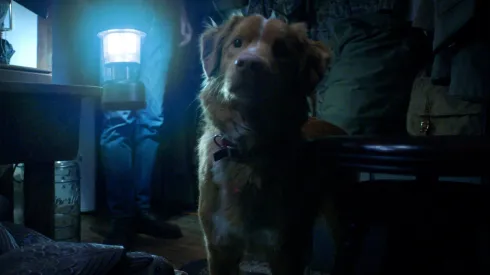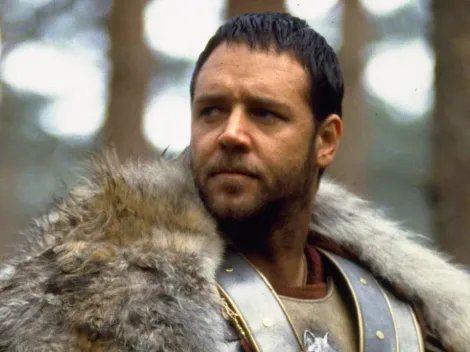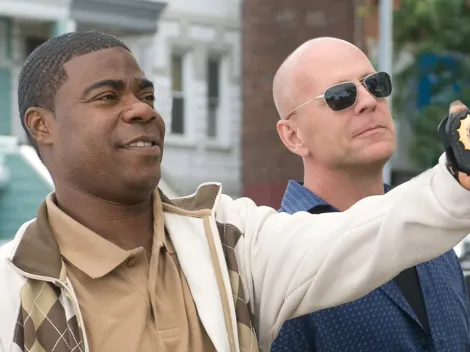The most compelling emotional arcs in cinema often belong to characters who never speak a word. An animal protagonist bypasses language barriers and harnesses an elemental form of devotion, heroism or tragedy that resonates globally.
From the silent era’s legendary German Shepherds to the marvels of modern digital artistry, these creatures—whether loyal sidekicks or central figures—possess a unique power to anchor a narrative and capture the popular heart.
The mark of an unforgettable animal star lies in its ability to translate complex human emotions while retaining its wild spirit. These figures achieved a rare, enduring form of cinematic immortality, proving that sometimes, the most essential player in Hollywood wears fur or feathers.
Lassie Come Home (1943)
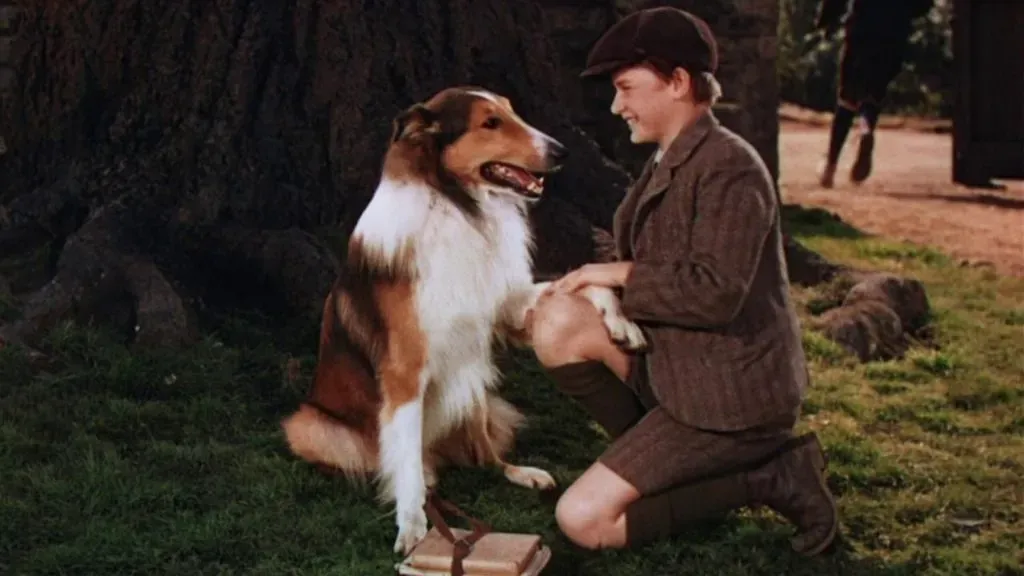
(Source: IMDb)
The collie Lassie is arguably the most famous animal actor in history, establishing the enduring archetype of the loyal, heroic dog. This film cemented the character’s legacy, centering the entire narrative around the animal’s determined, heartbreaking journey across Scotland to reunite with its human family. Lassie’s expressive performances proved the profound power of non-verbal communication in capturing the audience’s empathy.
The Bear (1988)

(Source: IMDb)
This extraordinary French-made film used trained animals, primarily the Kodiak bear Bart, to tell a story almost entirely without human dialogue. The narrative focuses on the relationship between an orphaned cub and a large male bear. Its power lies in the raw, documentary-style authenticity of the animal performances, offering a rare, immersive look into the wild heart.
Babe (1995)

(Source: IMDb)
The charming pig Babe captured the global imagination with its gentle spirit and unwavering ambition to become a sheepdog. The film’s critical success and enduring appeal are a testament to its seamless blend of live-action animals and clever voice work. The narrative successfully elevates a farm animal into a wise, empathetic hero whose simple story speaks volumes about acceptance and self-belief.
Hachi: A Dog’s Tale (2009)
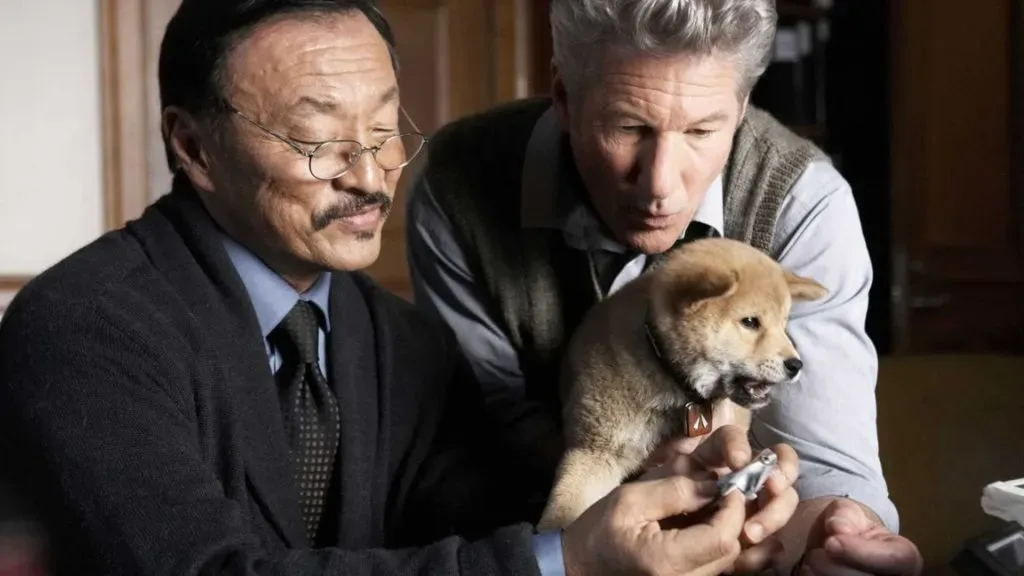
(Source: IMDb)
Based on a true Japanese story, this film centers entirely on the profound, quiet loyalty of Hachiko, an Akita dog. The drama is derived from the dog’s relentless, years-long vigil at a train station for his deceased owner. The film is a masterful, heart-wrenching meditation on pure, enduring devotion, showcasing how an animal’s simple, committed action can transcend ordinary human emotion.
War Horse (2011)

(Source: IMDb)
Steven Spielberg’s historical epic uses the horse Joey as the central, silent protagonist whose journey through the devastation of World War I connects the disparate human stories around him. The film relies heavily on the horse’s expressive presence and perceived nobility, making the animal a symbol of innocence, resilience, and the relentless chaos of conflict.
Good Boy (2025)
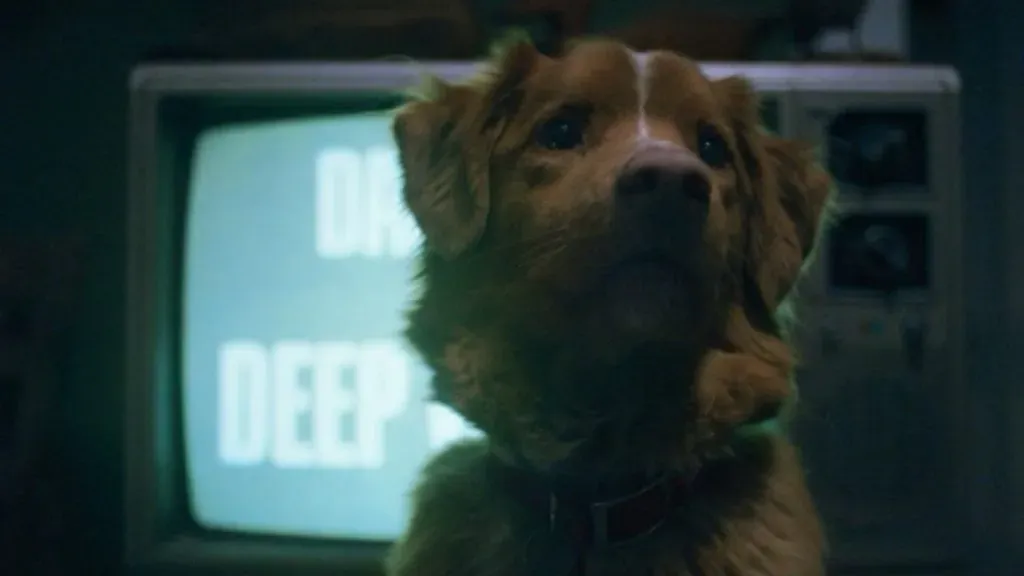
(Source: IMDb)
The newly released feature Good Boy, having already generated immense buzz, has instantly become a new benchmark for the modern animal protagonist. The film successfully leveraged a combination of technological spectacle and deep emotional characterization, focusing intensely on the unbreakable bond between the dog and its human. This strong emotional core allowed the film to secure a notable $990,000 debut, establishing its status as a powerful, high-stakes narrative that solidifies the animal lead’s role as the emotional anchor of contemporary cinema.
The Black Stallion (1979)
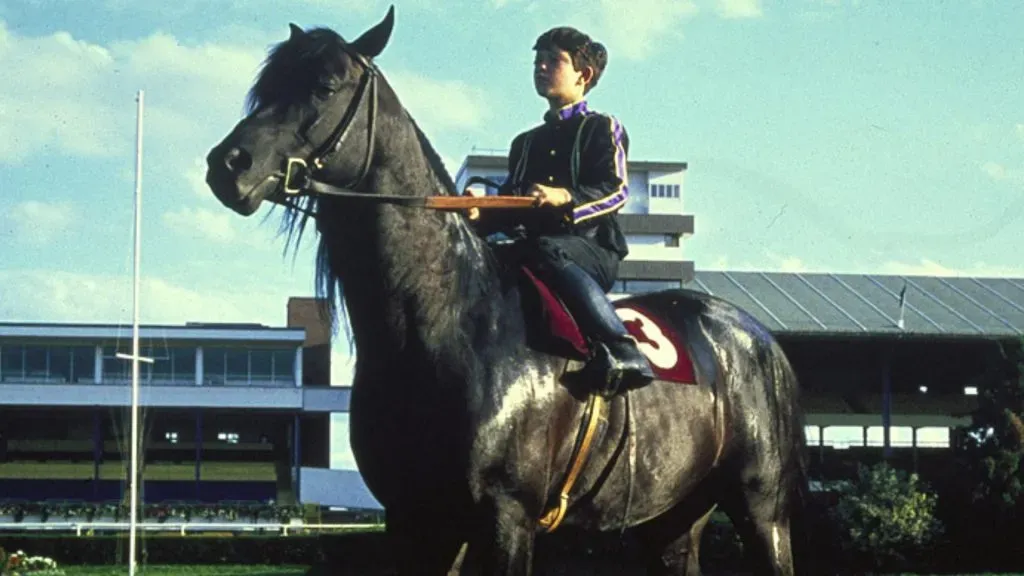
(Source: IMDb)
This visually stunning adventure film elevates the animal protagonist to a near-mythic level. The story centers on the intense, non-verbal bond formed between a boy and a magnificent Black Arabian Stallion after they are shipwrecked. The film’s power rests entirely on the horse’s presence—its wildness, loyalty, and speed—which becomes the catalyst for both survival and action. It captures the raw majesty of the animal world, treating the stallion as an intelligent, powerful, and mysterious character.
Old Yeller (1957)
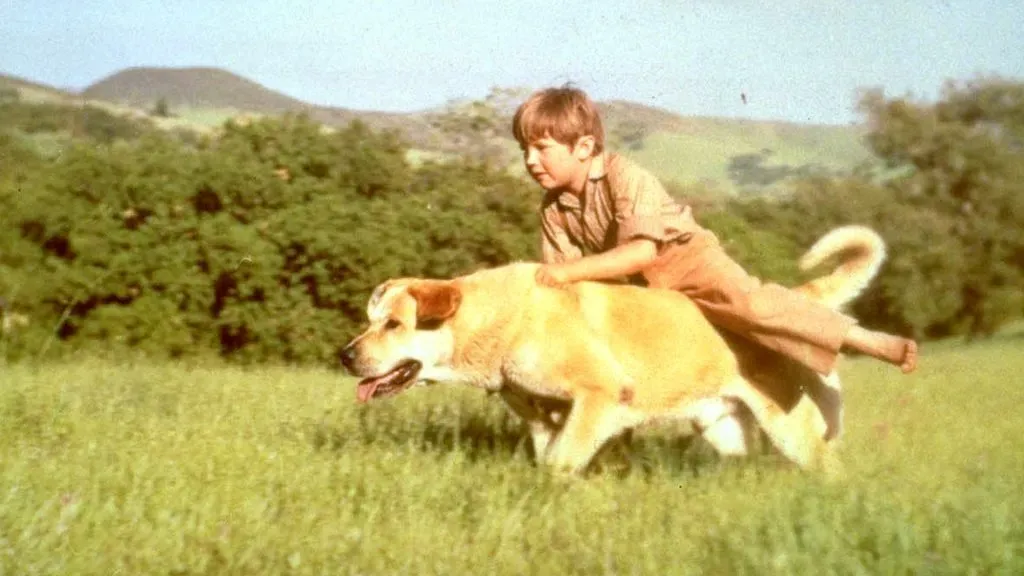
(Source: IMDb)
This classic remains the definitive cinematic portrayal of animal devotion and heartbreaking sacrifice. The story follows the relationship between a boy and a stray dog in post-Civil War Texas, chronicling the dog’s journey from wild nuisance to loyal, heroic family protector. Its timeless impact stems from its stark, unforgettable conclusion, which solidifies the dog’s status as a profound and enduring cinematic figure.
Free Willy (1993)
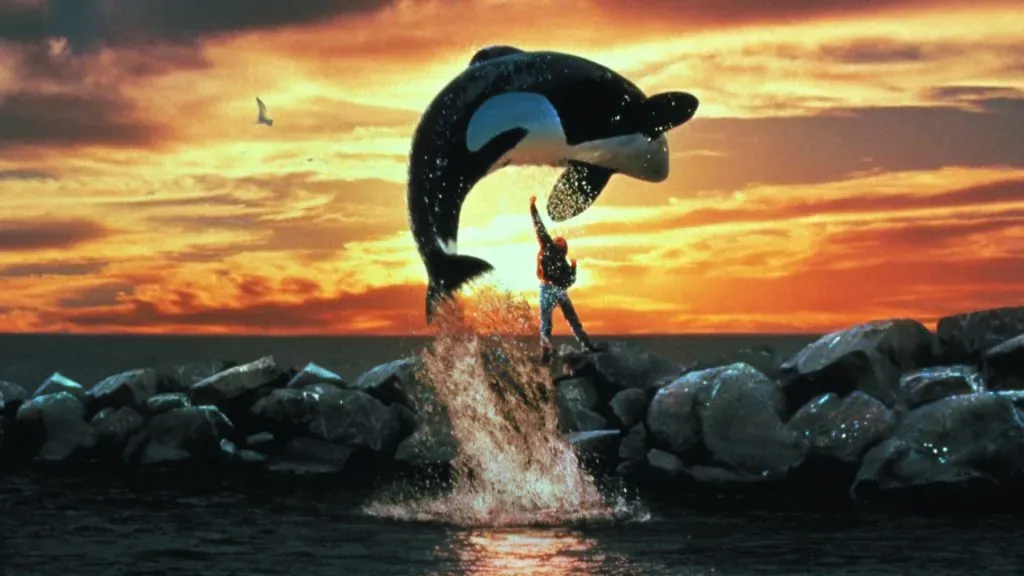
(Source: IMDb)
This emotionally resonant adventure film centered on Willy, an Orca captured from the wild, whose plight struck a chord globally. The movie’s power lies in the unlikely, intense bond forged between the massive whale and a troubled young boy, Jesse. This narrative successfully translated themes of freedom and the injustice of captivity into a major family blockbuster, and its success directly sparked a massive real-world campaign to return the actual star whale, Keiko, to the ocean.
The Art of Racing in the Rain (2019)
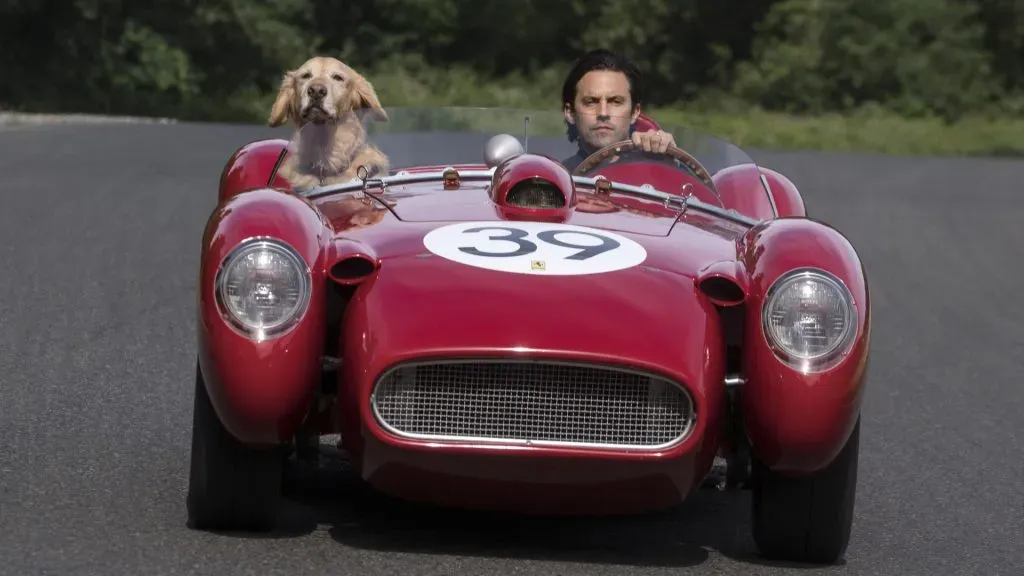
(Source: IMDb)
This powerful drama distinguishes itself by giving the animal protagonist an actual narrative voice. The story is told through the perspective of Enzo, a philosophical golden retriever who observes and narrates the triumphs and tragedies of his racecar driver owner’s life. The film’s emotional weight comes from Enzo’s deep understanding of the human condition, making him not just a loyal pet, but a wise, perceptive guide through love, loss, and competitive spirit.
